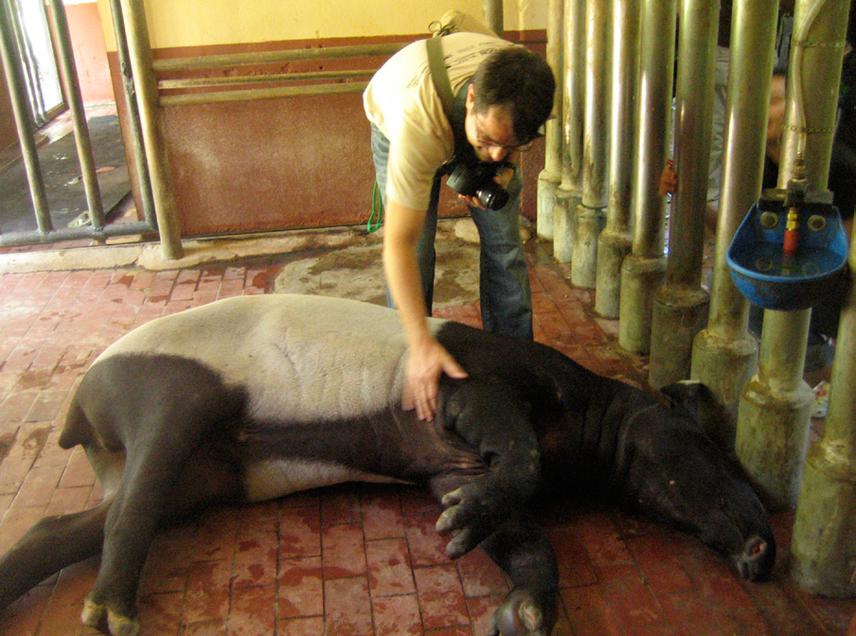Anders Goncalves Da Silva
Other projects
9 Oct 2005
Conservation Genetics of Large Mammals in the Brazilian Atlantic Forest, Brazil
This project aims to examine connectivity among lowland tapirs (Tapirus terrestris) in the dynamic landscape of the Pantanal using molecular tools, with views to develop a predictive model to be used to set priorities for conservation.

Visiting the Wildife Conservation Centre, Malaysia during the Tapir DNA workshop. © R. Hajjarto
Biodiversity is key to human well-being. Globally, freshwater wetland ecosystem services, for instance, are valued at US$14,785.00 ha-1 yr-1, providing such services as water filtration, carbon sequestration, and buffering against the effects of climate change. However, wetlands are extremely threatened by, among other things, land conversion and increased human population density. Efforts have been made to catalogue and quantify biodiversity worldwide, including those in wetlands. However, we now need comprehensive models of species and their ecosystems to monitor and predict changes.
In view of this, I propose to design a predictive risk model based on the Amazon Flooded Forest (or igapó) region of Brazil and the lowland tapir, a keystone species. This transient ecosystem is essential for many species, including humans. Quantifying its importance will allow for better management plans both within and outside of conservation areas. The model, based on geographic, ecological, and genetic information coupled with population and spatial/temporal modelling, will be an important management tool to inform decision-makers and stakeholders about potential effects of different development options, and possible mitigation alternatives. This tool is to be flexible enough to be adaptable to other species and ecosystems in the world. To carry out this work, I will combine the expertise at the University of British Columbia Okanagan, the Fundação Vitória Amazônica, the Universidade Federal do Amazonas, and the IUCN/SSC Tapir Specialist Group.